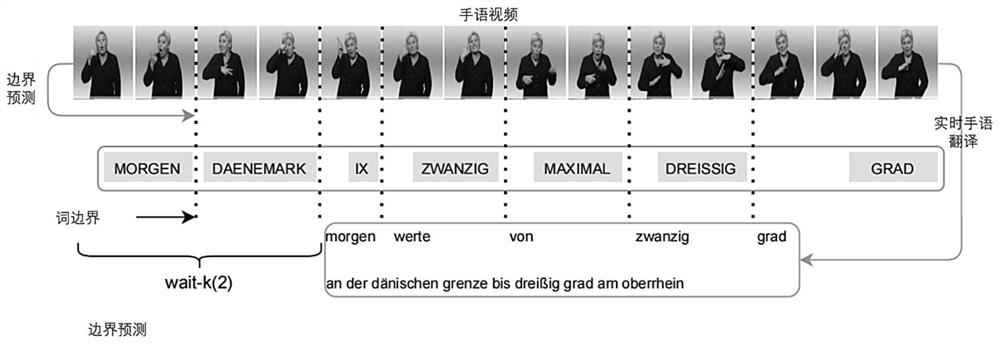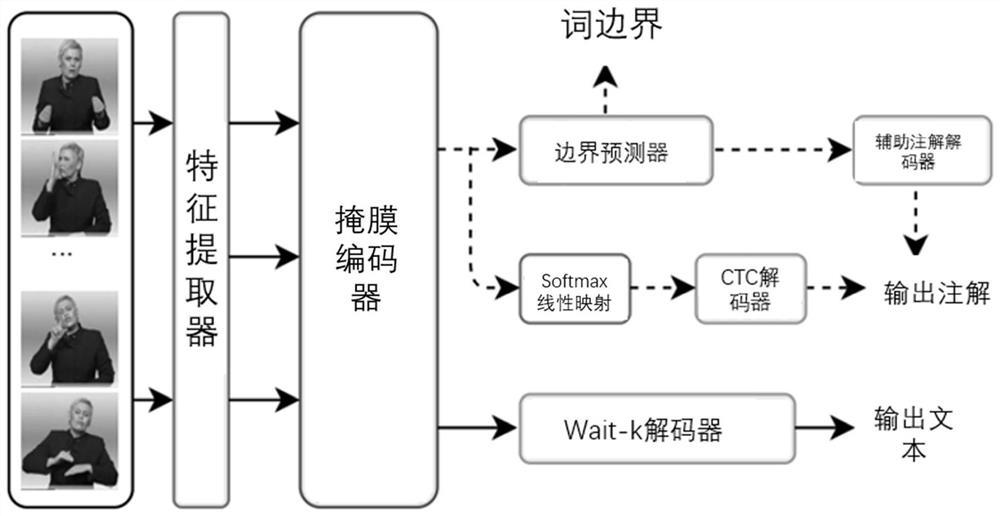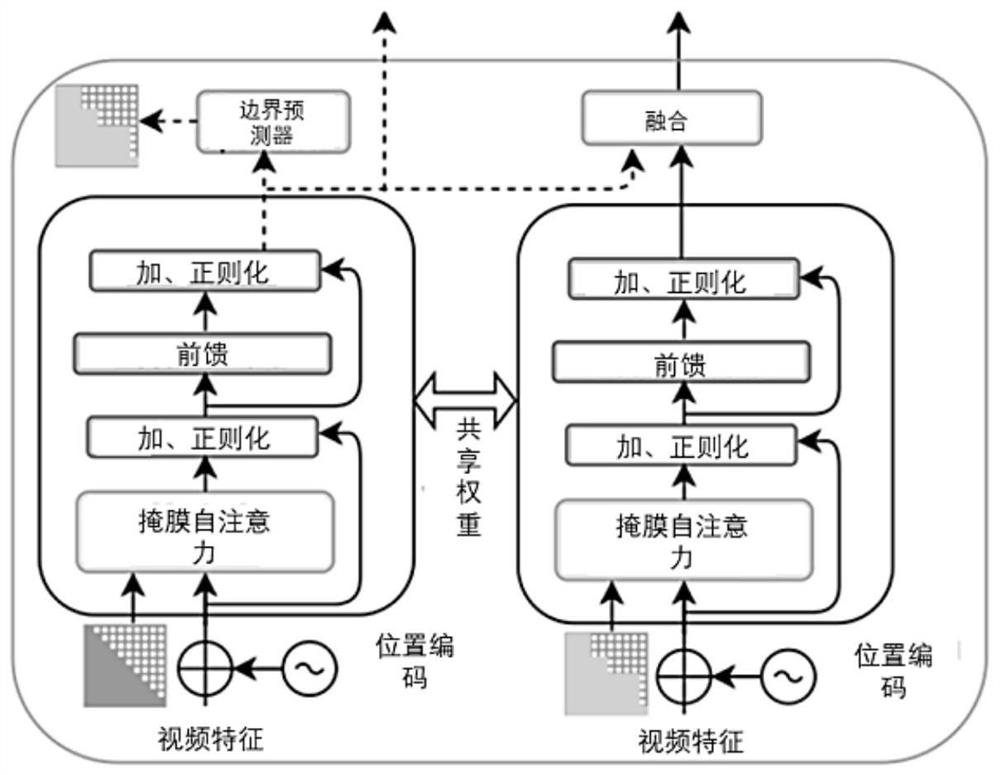End-to-end sign language translation method and system
A sign language translation and sign language technology, applied in the field of sign language translation, can solve the problem of asynchrony of translated texts, and achieve the effects of enriching contextual semantic information, enhancing feature expression ability, and improving performance
- Summary
- Abstract
- Description
- Claims
- Application Information
AI Technical Summary
Problems solved by technology
Method used
Image
Examples
Embodiment
[0102] In this example, the SimulSLT model proposed by the present invention is evaluated on the RWTH-PHOENIX-Weather 2014T (PHOENIX14T) dataset, which is the only publicly available large-scale SLT dataset. Its data is collected from the weather forecasts of the German public television station PHOENIX, including parallel sign language videos, annotations and corresponding target text sequences. We follow the official dataset partition protocol, where the training set, validation set, and test set contain 7096, 519, and 642 samples, respectively. This dataset contains continuous sign language videos from 9 different sign language speakers and contains 1066 different sign language words. The text in the dataset is annotated for spoken German with a vocabulary size of 2887 distinct words.
[0103] In this embodiment, the number of hidden units, the number of heads, and the number of codec layers of the SimulSLT model are set to 512, 8, 3, and 3 respectively, and dropouts of 0....
PUM
 Login to View More
Login to View More Abstract
Description
Claims
Application Information
 Login to View More
Login to View More - R&D
- Intellectual Property
- Life Sciences
- Materials
- Tech Scout
- Unparalleled Data Quality
- Higher Quality Content
- 60% Fewer Hallucinations
Browse by: Latest US Patents, China's latest patents, Technical Efficacy Thesaurus, Application Domain, Technology Topic, Popular Technical Reports.
© 2025 PatSnap. All rights reserved.Legal|Privacy policy|Modern Slavery Act Transparency Statement|Sitemap|About US| Contact US: help@patsnap.com



